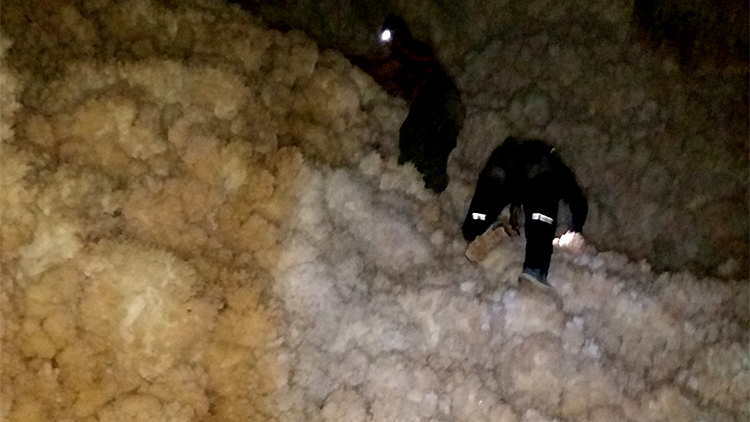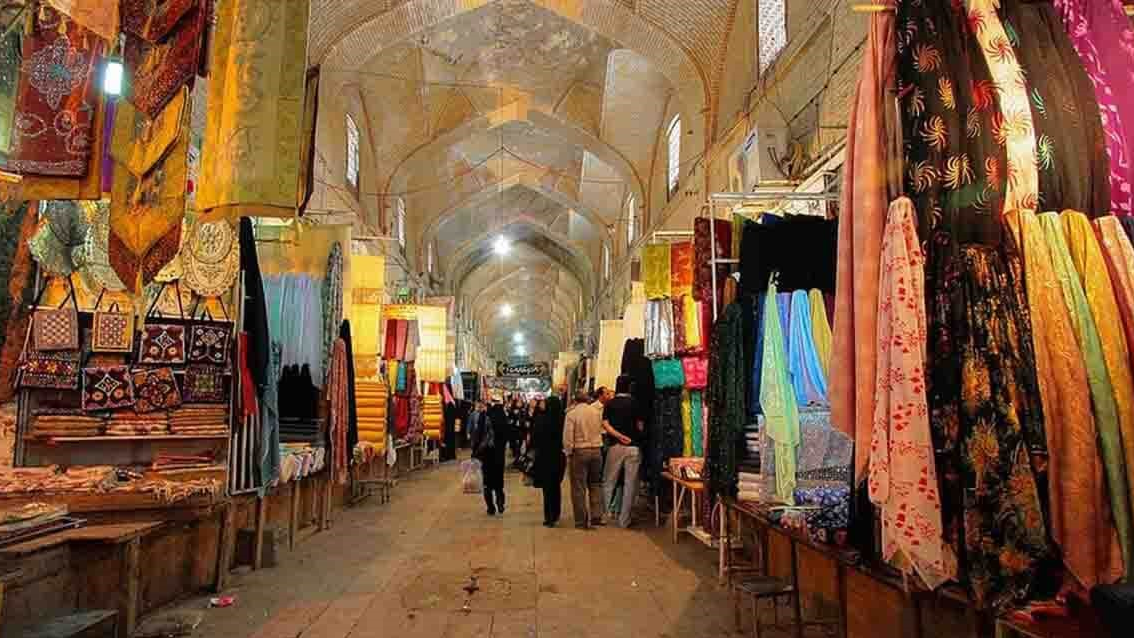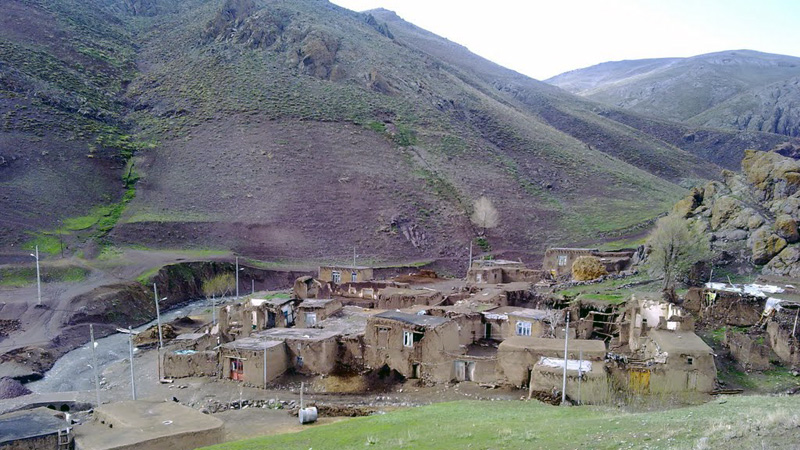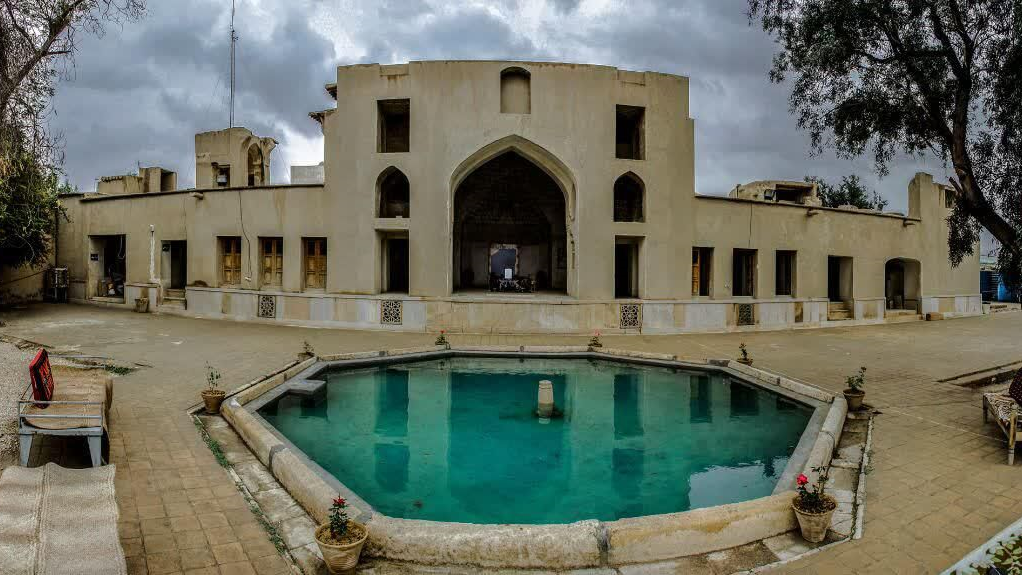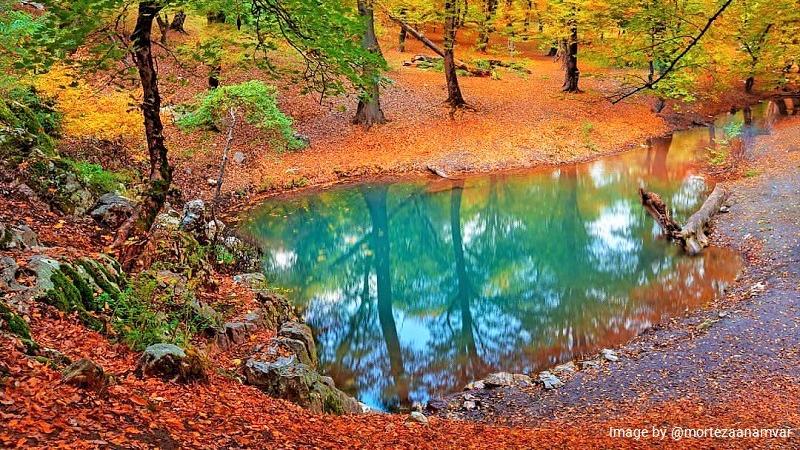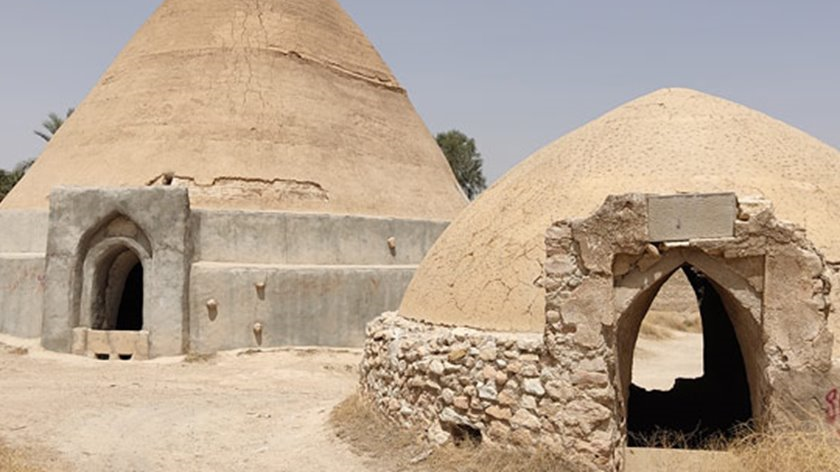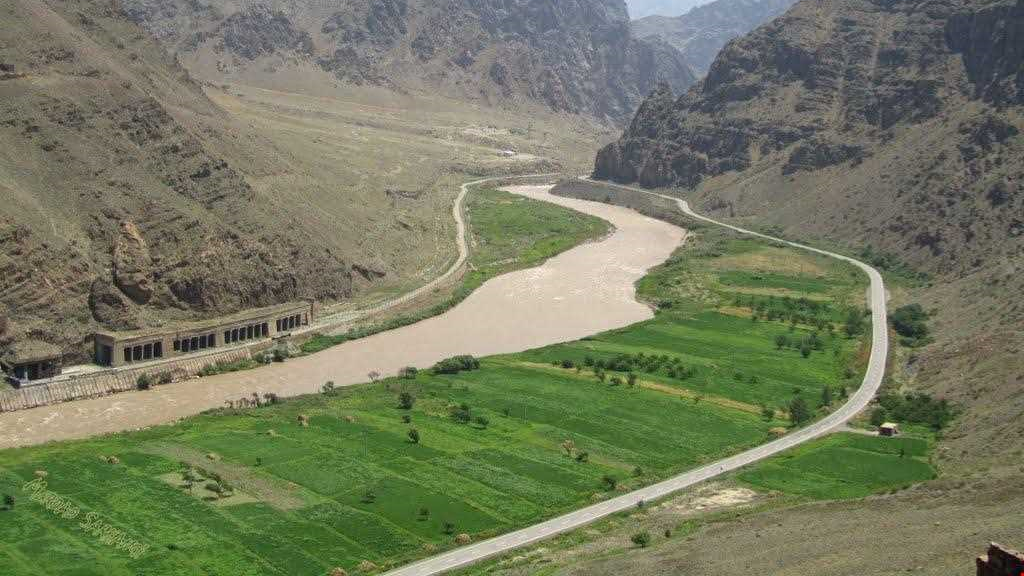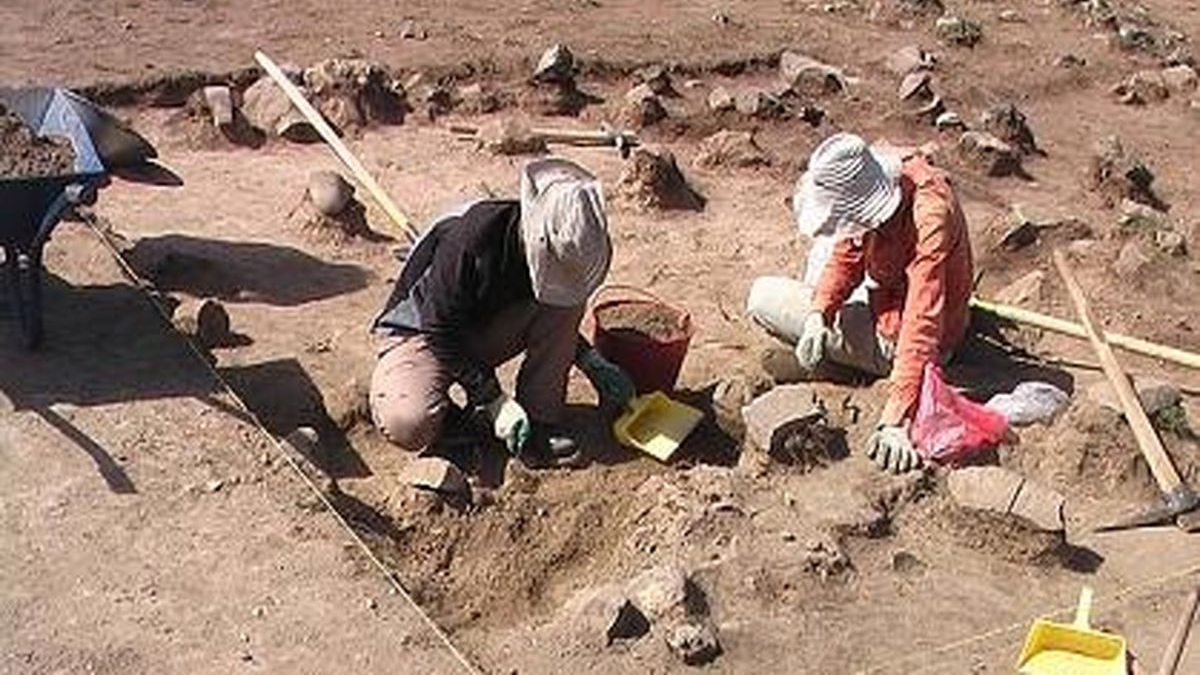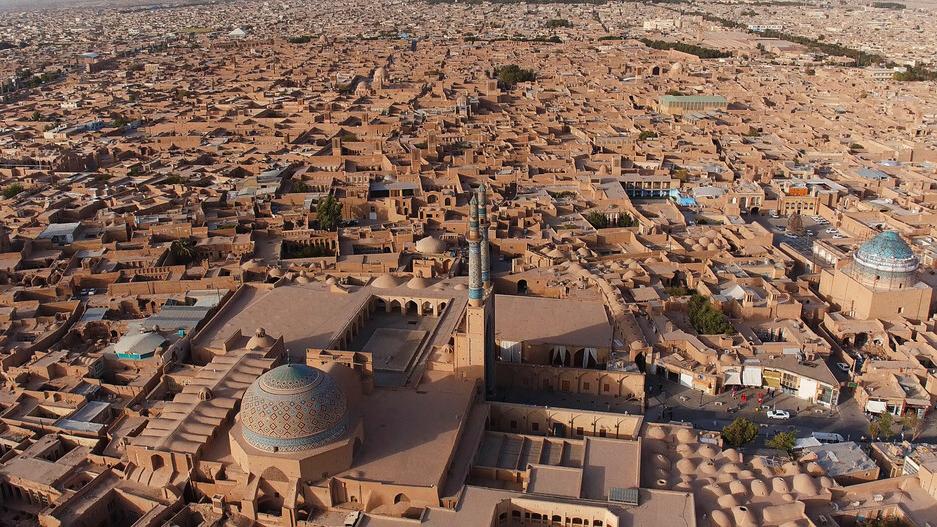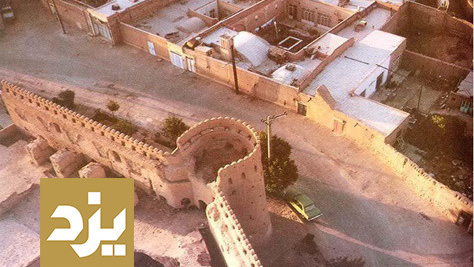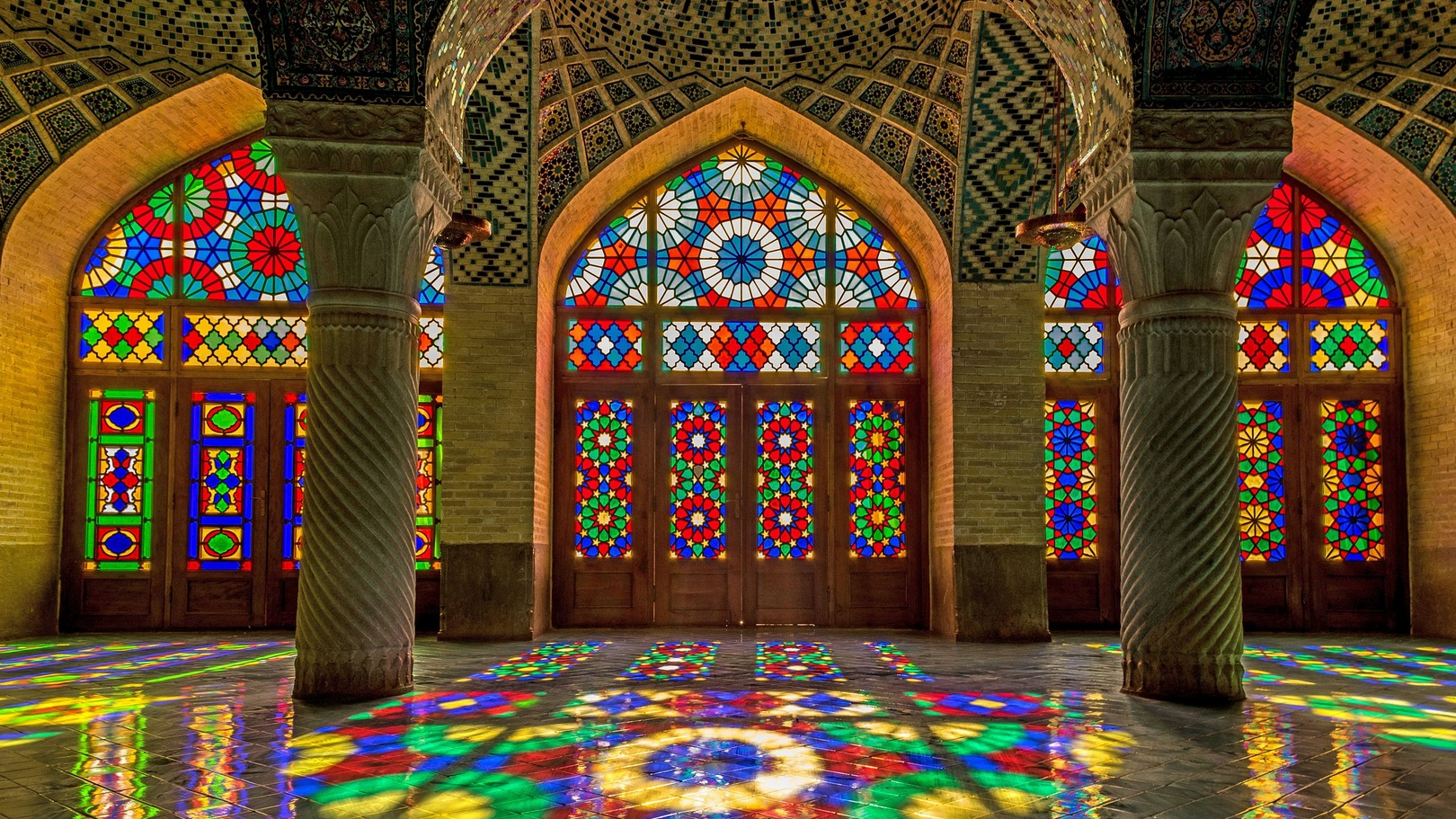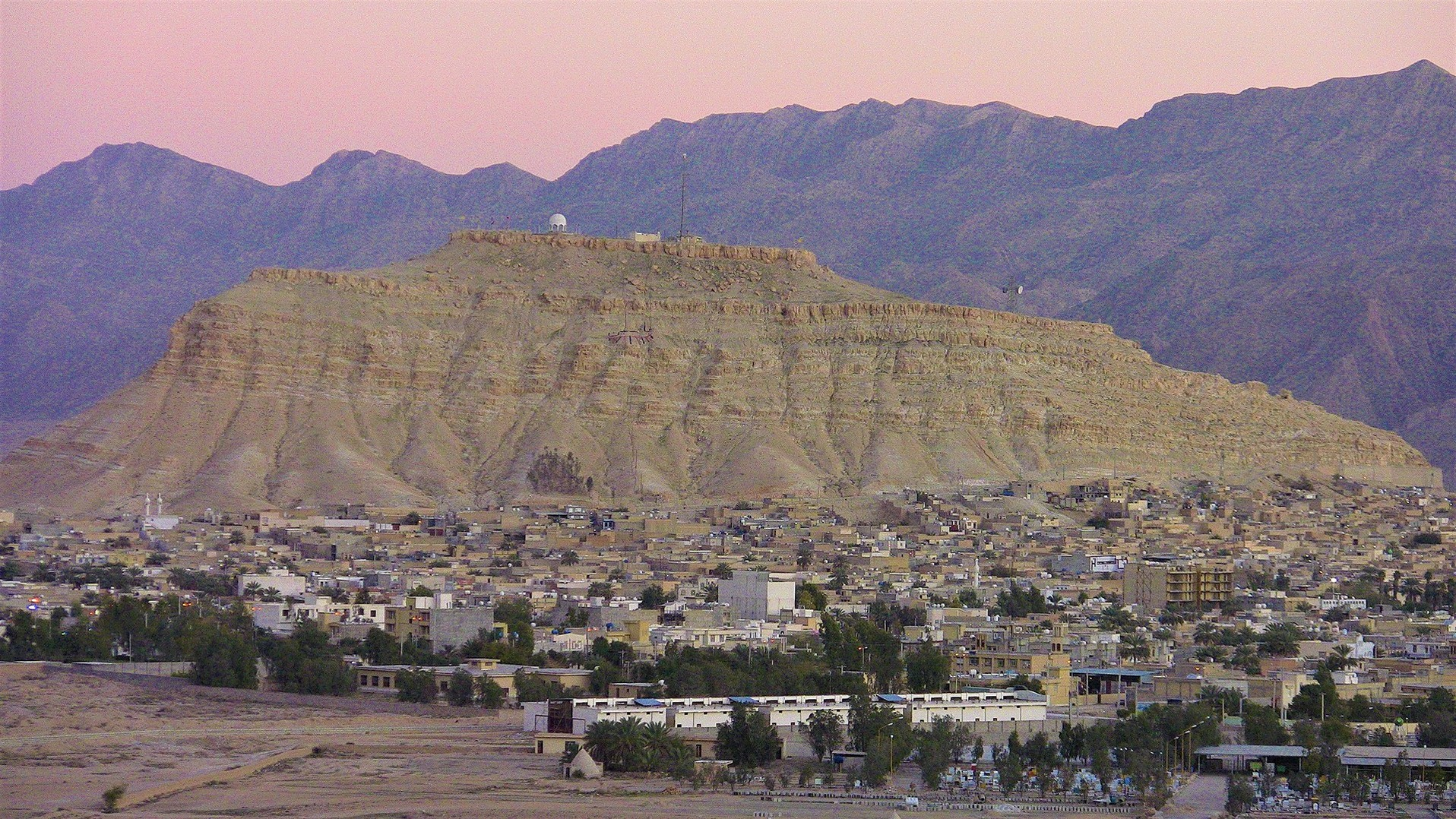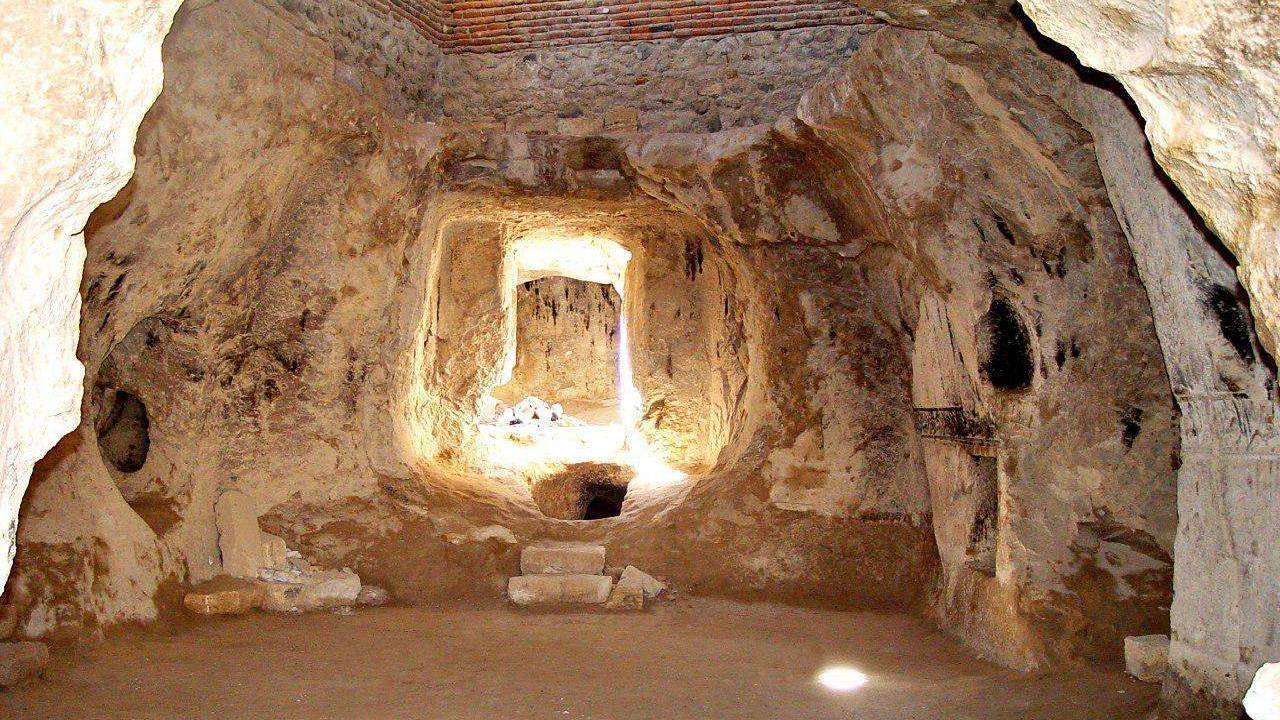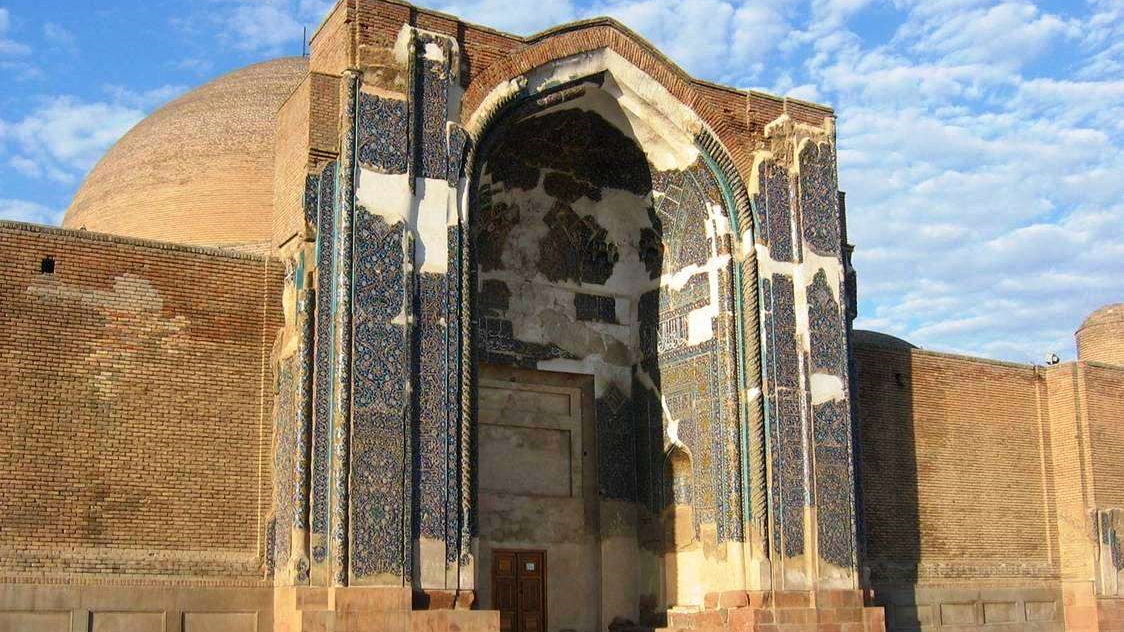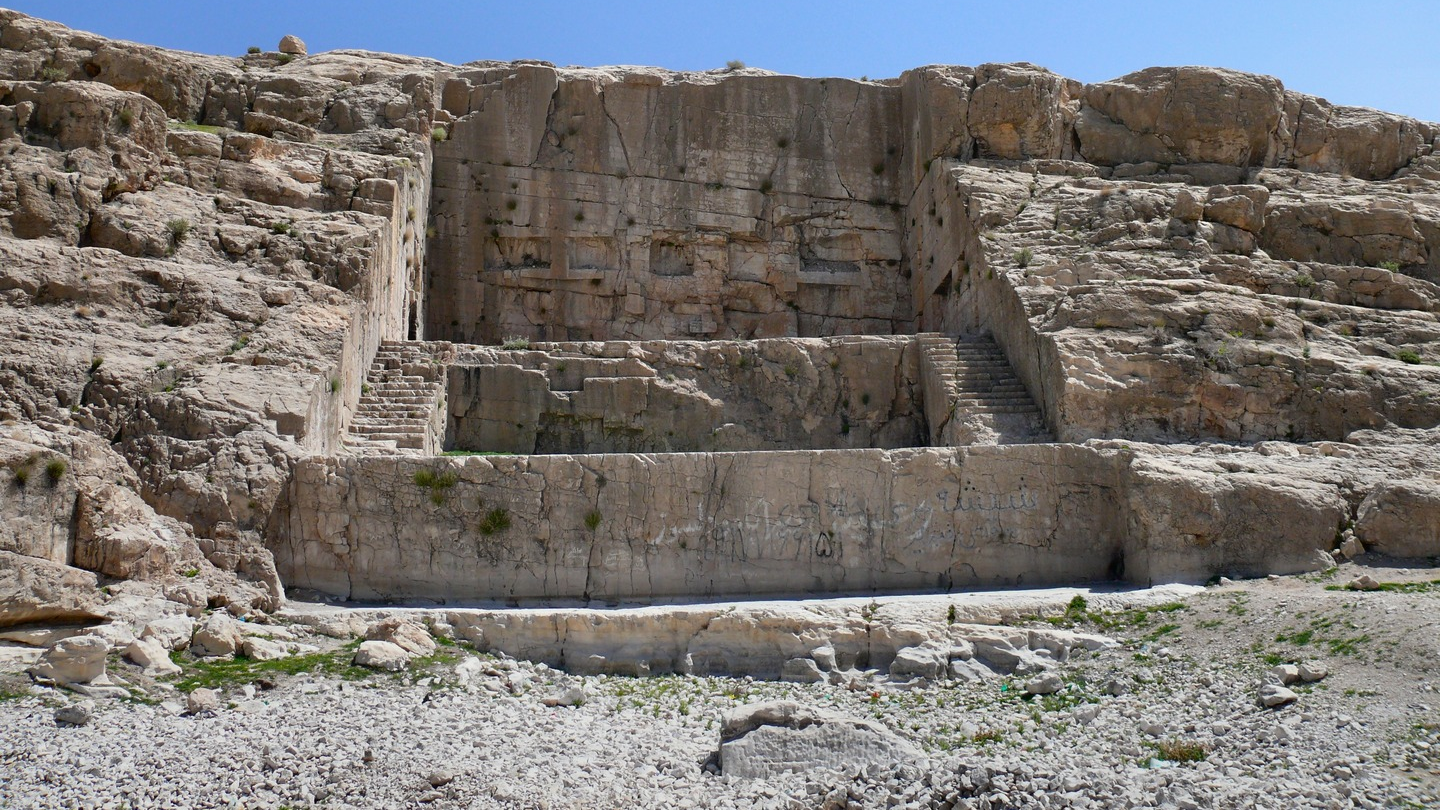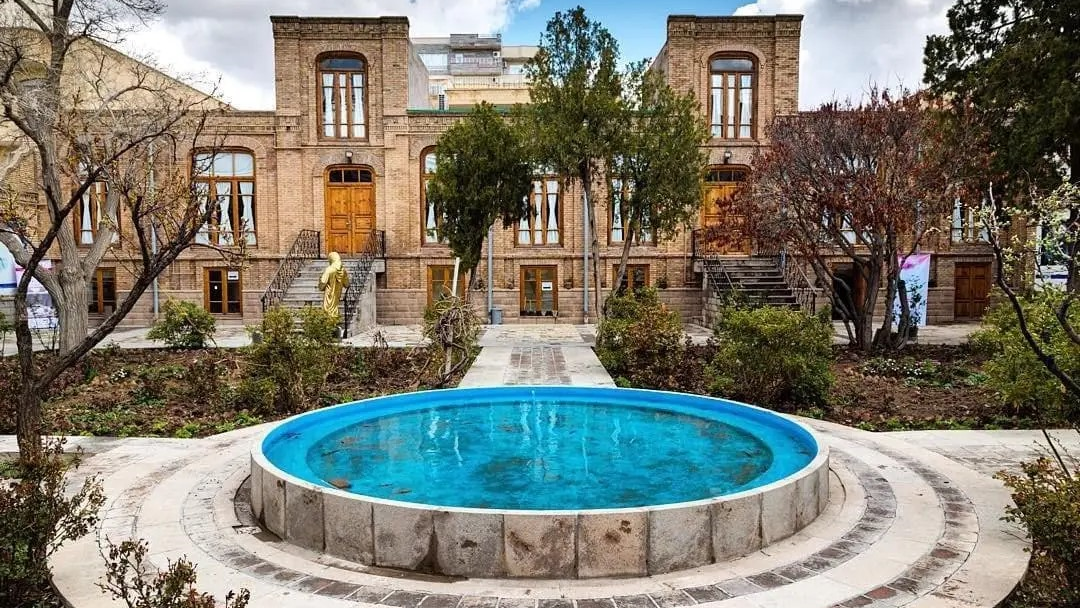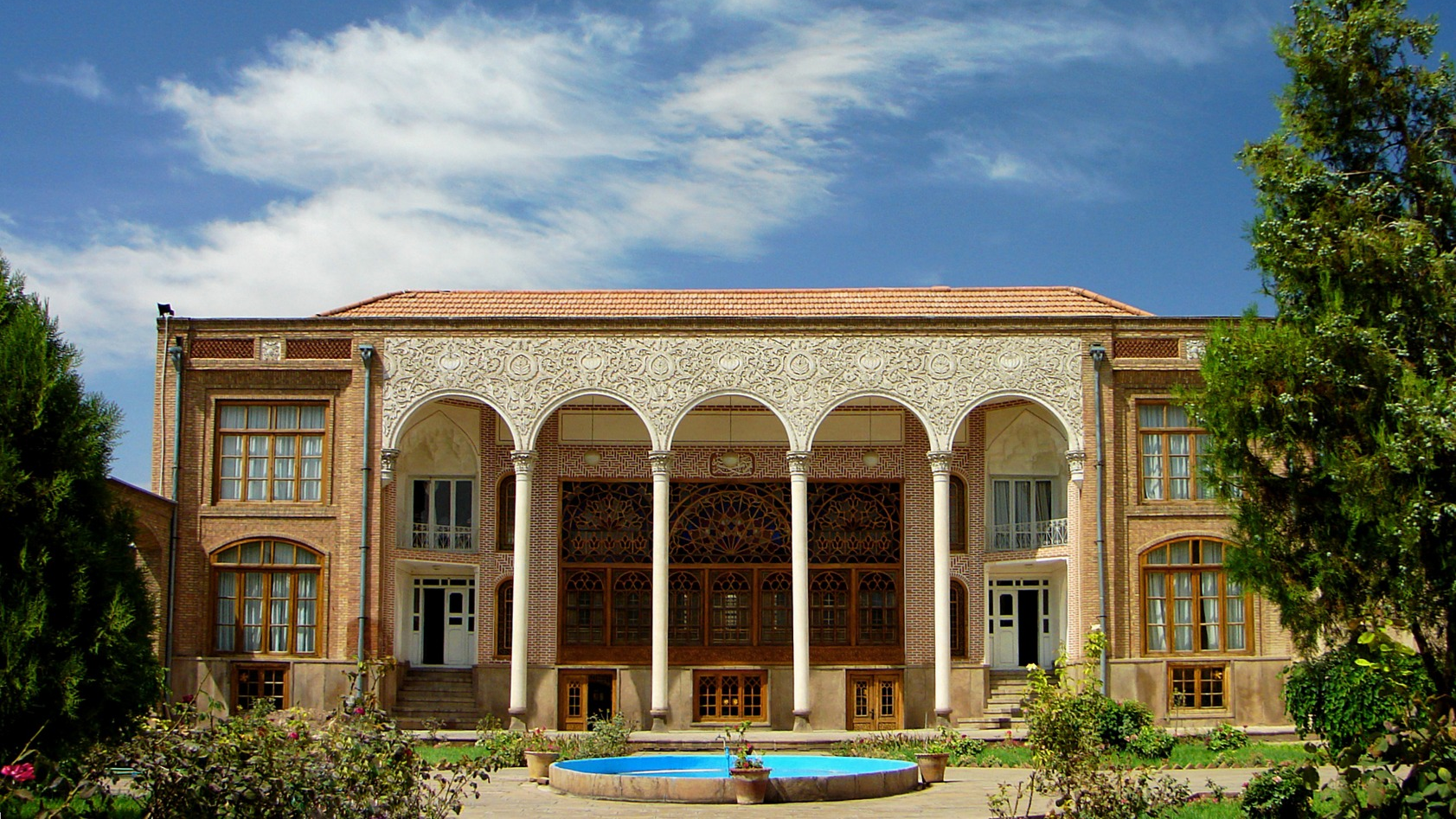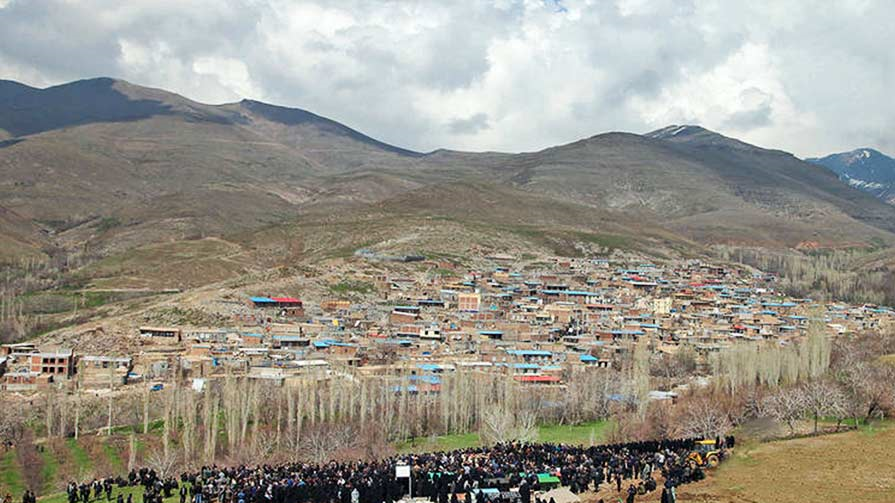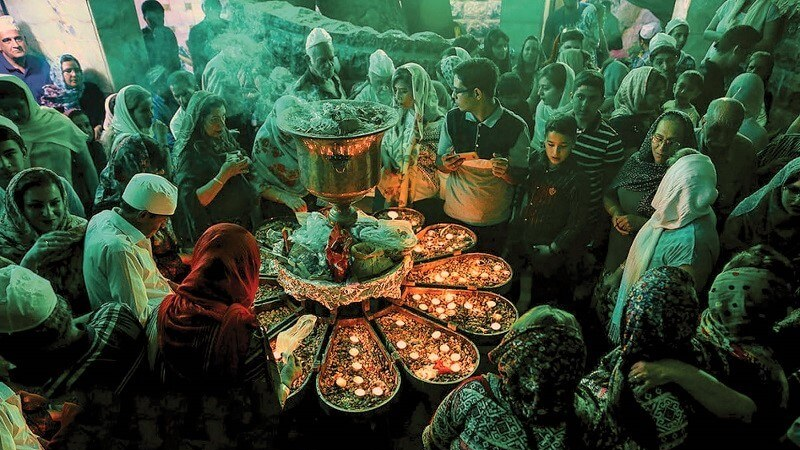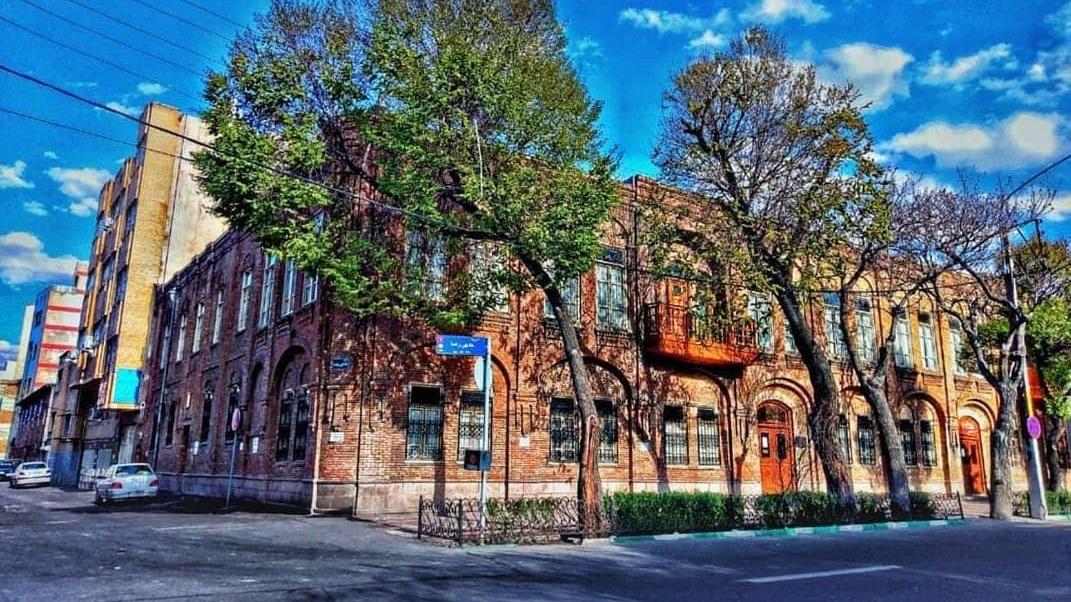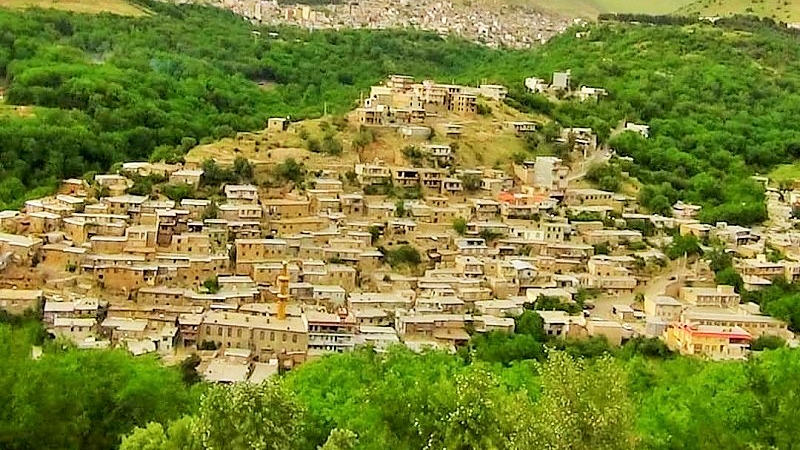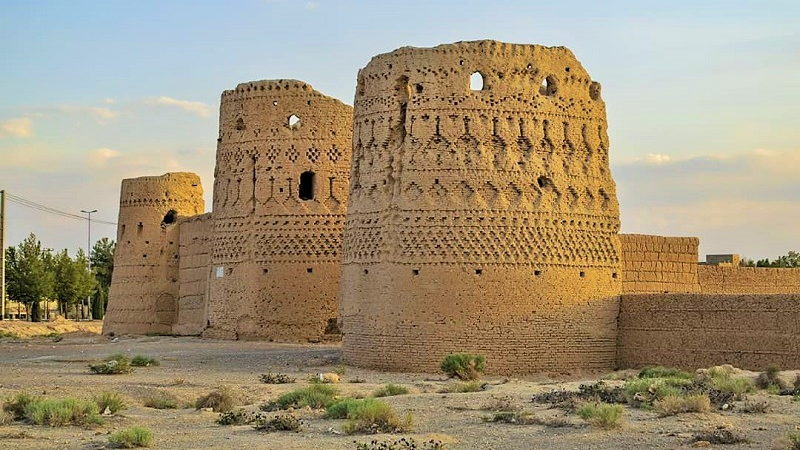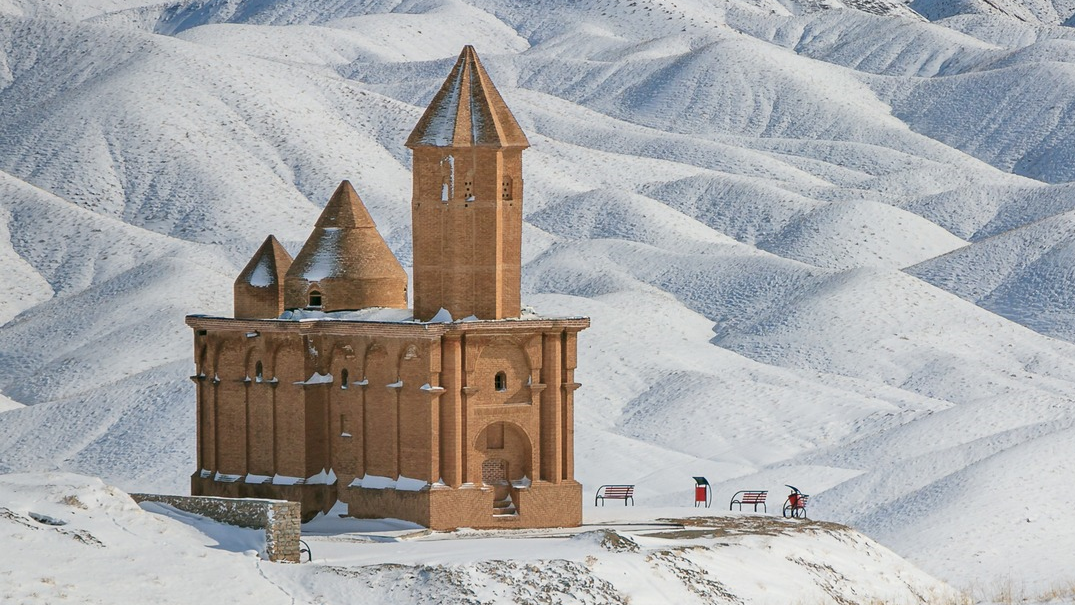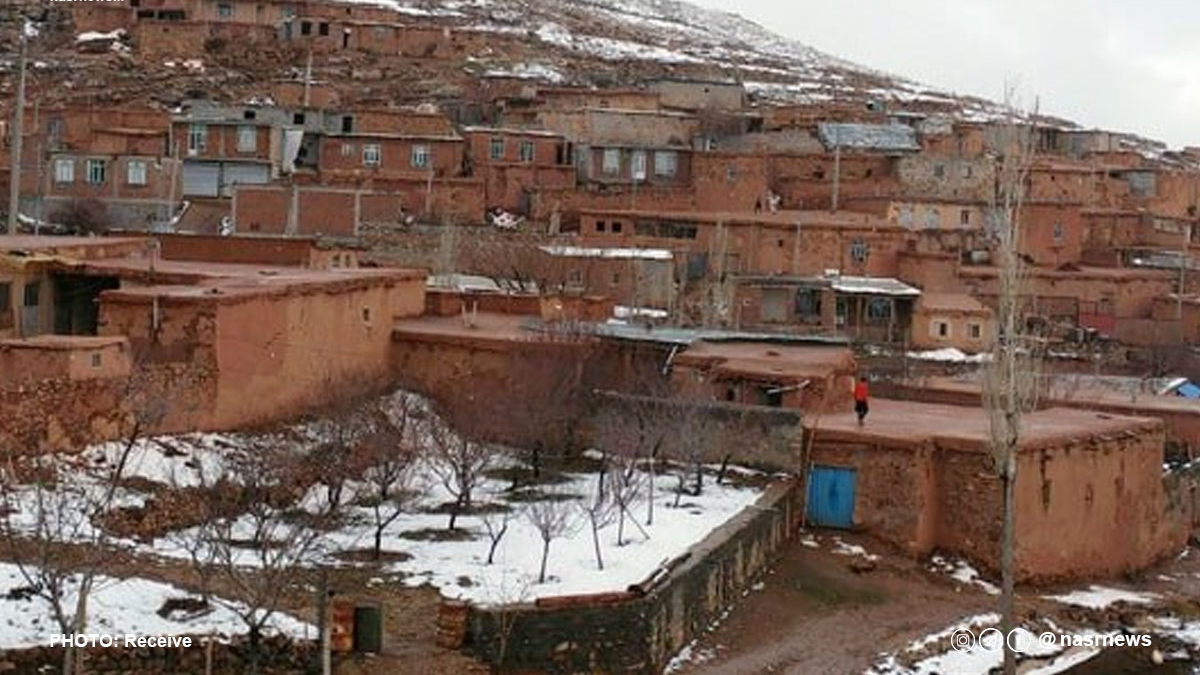
East Azarbaijan
The area of this province is 45,650 square kilometers, which is the 11th largest Iranian province y and covers about 2.8% of the total area of this country. In terms of its natural location, this province is located at the meeting point of the two mountain ranges of “Alborz” and “Zagros”. In other words, this province is located at the junction of “Alborz” and “Azerbaijan” and in the northwest corner of the “Iranian Plateau”.
East Azarbaijan Province is bordered by the Republics of “Azerbaijan” and “Armenia” on the north, the Province of “West Azarbaijan” on the west and southwest, the Province of “Ardabil” on the east, and the Province of “Zanjan” on the southeast. This province has a cold mountainous climate and the whole area of the province is made up of mountains and heights.
The capital of East Azarbaijan province is the metropolis of “Tabriz” and the most important cities of this province include Azarshahr, Oscu, Ahar, Bostanabad, Bonab, Jolfa, Sarab, Shabestar, Kaleybar, Maragheh, Marand, Malekan, Miyaneh, Harris, and Hashtrood. The border town of Jolfa is connected to the Republic of Ukraine and the Black Sea ports by the Nakhchivan, Yerevan, and Tbilisi railways. According to the 2016 census, the population of the province was 3,909,652, which comprises 4.89 percent of the total population of Iran.
Natural tourism attractions side by side favorable hospitality facilities and the traditional architecture of the province attract a significant number of domestic and foreign tourists to this province every year.
Existence of historical places such as the Church of St. Stephen in Jolfa, the historical village of Kandovan, the remnants of the Maragheh Observatory, the Kaboud Mosque; Natural attractions such as Sahand and Payam ski slopes, Bostanabad hot spring, Pirsaqqa waterfall, Isti Soo hot spring, recreation places such as Il-Goli, the beautiful shores of the Sharafkhaneh Port, etc. are the cause of attracting a large number of tourist to this province. The existence of suitable facilities, including the Tabriz cable car in “Aoun Ibn Ali”, has also contributed to this trend.
| Name | East Azarbaijan |
| Country | Iran |
| City | Kuchesfahan |
| Type | Natural |
| Registration | National |



Plane trees of East Azarbaijan Province of Iran
Ecotourism involves great enjoyment. There are many trees in the world that are several centuries old and have withstood droughts, wars, famines, earthquakes, etc., and are considered the oldest living creatures showing the beauty and glory of nature.
Iran, too, houses different types of tall trees like cypress, elm, and plan tree and Iranians respect old trees and care about their protection. In some areas, native people consider old trees sacred and believe that taking care of them will bring divine blessings.
There are many old trees in the East Azarbaijan Province of Iran - mostly of Platanus species - some of which have been inscribed on the list of national heritage of Iran; the number of which stands at more than 20. These magnificent trees can be the best incentive for those who are interested in nature tourism.
Old Plane Trees of East Azarbaijan
Plane tree is one of the native trees of the Northern Hemisphere, whose height reaches up to 50 meters. This tree usually grows next to streams and in wet areas. If a suitable environment is provided for a plane tree, it can grow a lot and survive for several centuries.
The Iranian plane tree is widely spread in East Azarbaijan Province and a number of these old trees have been inscribed as natural national sites.
The Plane Tree of Parapar in Azarshahr
Parapar (meaning scattered, probably inspired by the old plane tree located in the middle of it) is one of the old neighborhoods of Azarshahr. Some experts estimate the age of this tree to be more than a thousand years. Among the beauties of this plane tree is its trunk being split into two pieces. This happened when the middle of the tree had rotted and a gap had appeared in it. This old plane tree is located next to a mosque called “Sang-e Ali”. According to the local people, the stone that can be seen in this mosque has been touched by Imam Ali (AS).
The Plane Tree of Qarah Qeshlaq Village of Ahar
There is an old plane tree with an approximate age of 300 years in Qarah Qeshlaq Village of Ahar County. This plane tree was inscribed on the list of Iran’s natural national heritage in 2024.
The Plane Tree of Zaglik Village of Ahar
Zaglik is a village 25 kilometers east of Ahar. The plane tree of this village, which is located in the vicinity of valleys known as “Merrikhi”, is nearly 800 years old and was inscribed on the list of national sites in 2018.
The Plane Tree of Khameneh
The plane tree of Khameneh is located in the east of this city and has a life of about 800 years. The diameter of the tree is 530 cm from the east-west side and 320 cm from the north-south side. The crown of this tree reaches about 300 square meters wide and its height is about 15 meters. Due to its height, the tree has been struck by lightning many times, but despite the fact that the effects of these fires remain on its body, it has been able to survive.
The Plane Tree of Kondelaj Village of Marand
Local people believe that this tree is more than two centuries old. This plane tree is located in the Kondelaj Village in the northern part of Marand County and was inscribed on the list of natural national sites in 2018.
The Plane Tree of Tu Ali-ye Olya Village of Khoda Afarin County
Tu Ali-ye Olya is a village in Khoda Afarin County, whose natural scenery is very spectacular. There is an old plane tree in this village next to a spring and is considered a resort for people. This plane tree was inscribed on the list of natural national sites in 2019.
The Plane Tree of Ersi Village of Jolfa
This old plane tree with a height of about 15 meters is located in the Al-Mahdi Mosque of Ersi Village. The heavy weight of the tree branches has caused cracks in the trunk. According to some experts, this tree is about 1,200 years old. This plane tree, too, was inscribed on the list of natural national sites in 2012.
The Plane Tree of Zaviyeh Village of Jolfa
Zaviyeh Village is 21 km away from Jolfa City. There are two huge old plane trees at a distance of four meters from each other in the yard of Emamzadeh Seyyed Esmail of this village. Experts have estimated the life of the northern tree to be about a thousand years and the life of the southern tree to be about 600 years.
The Plane Tree of Osku City
Some speculations consider the life of this tree, which is located in the middle of Osku City to be more than 1,200 years. This tree was inscribed on the list of natural national sites in 2012. The east-west diameter of the tree is 190 cm and its north-south diameter is 340 cm. The tree is more than 18 meters tall. Years ago, a hole was created inside the tree due to decay, which was used as a cobbler’s workshop. Today, this section has been restored and the statue of the cobbler man has been installed next to it.
Iran, too, houses different types of tall trees like cypress, elm, and plan tree and Iranians respect old trees and care about their protection. In some areas, native people consider old trees sacred and believe that taking care of them will bring divine blessings.
| Name | Plane trees of East Azarbaijan Province of Iran |
| Country | Iran |
| State | East Azerbaijan |
| Type | Historical |
| Registration | National |
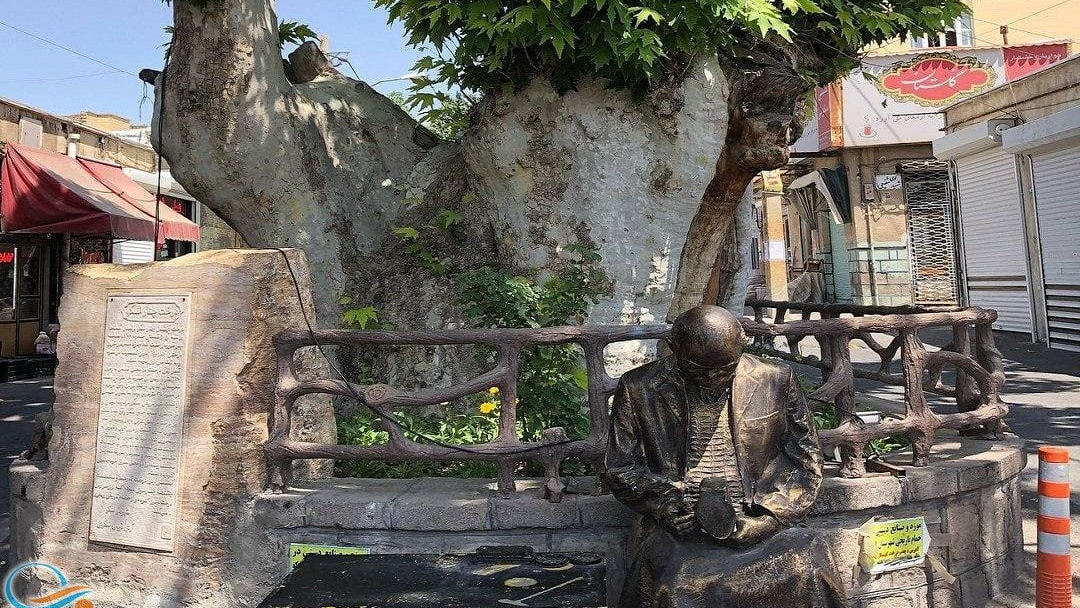
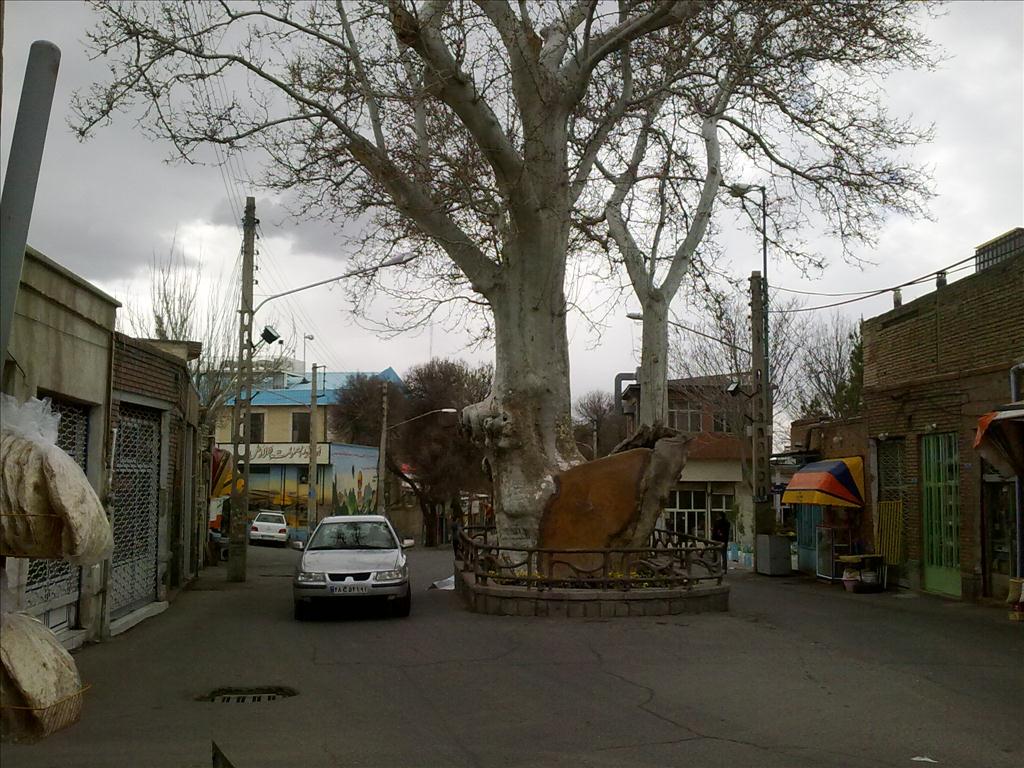
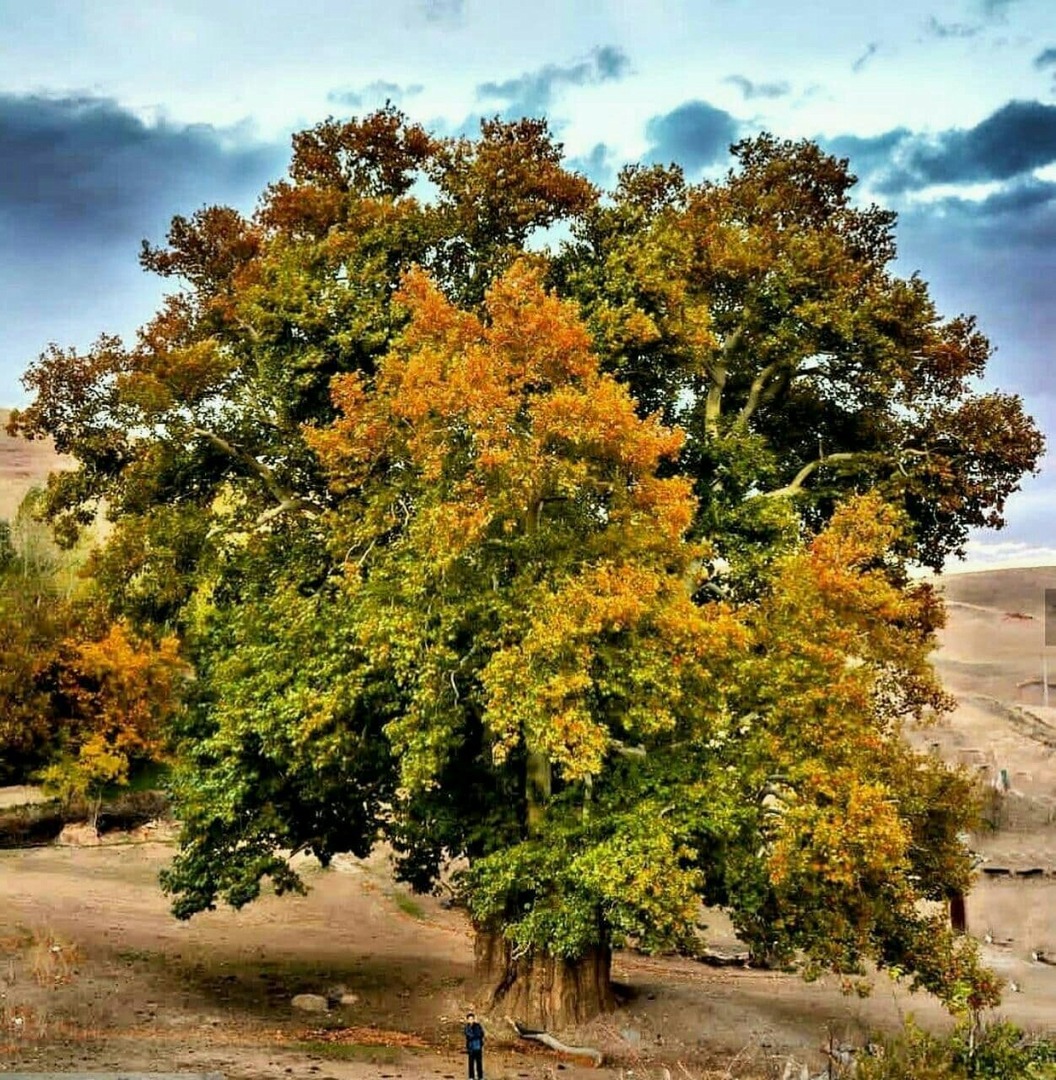

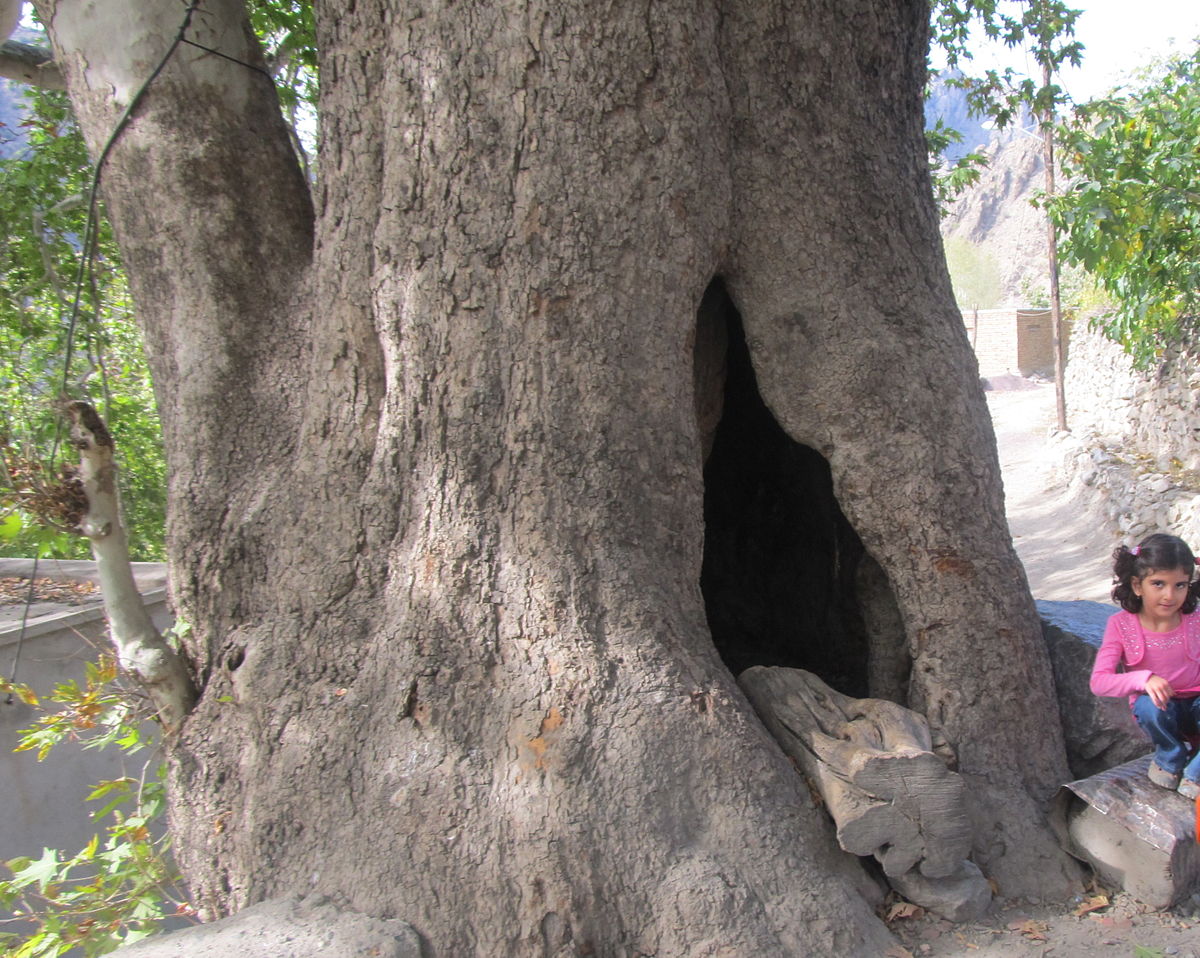
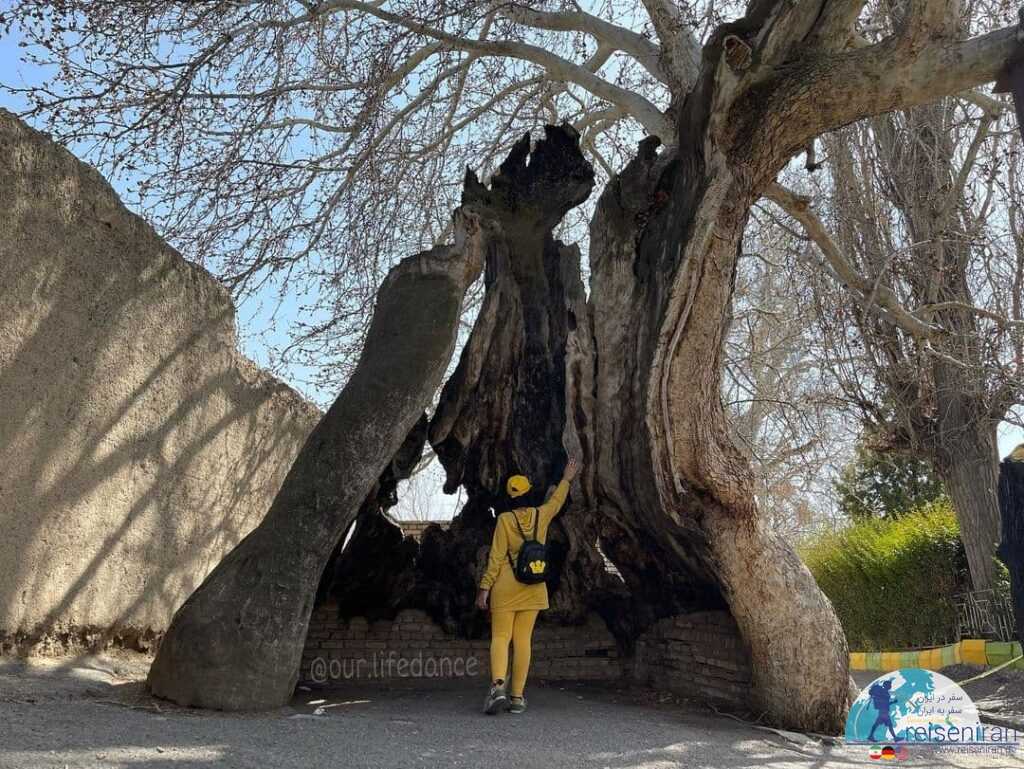






Choose blindless
Red blindless Green blindless Blue blindless Red hard to see Green hard to see Blue hard to see Monochrome Special MonochromeFont size change:
Change word spacing:
Change line height:
Change mouse type:
